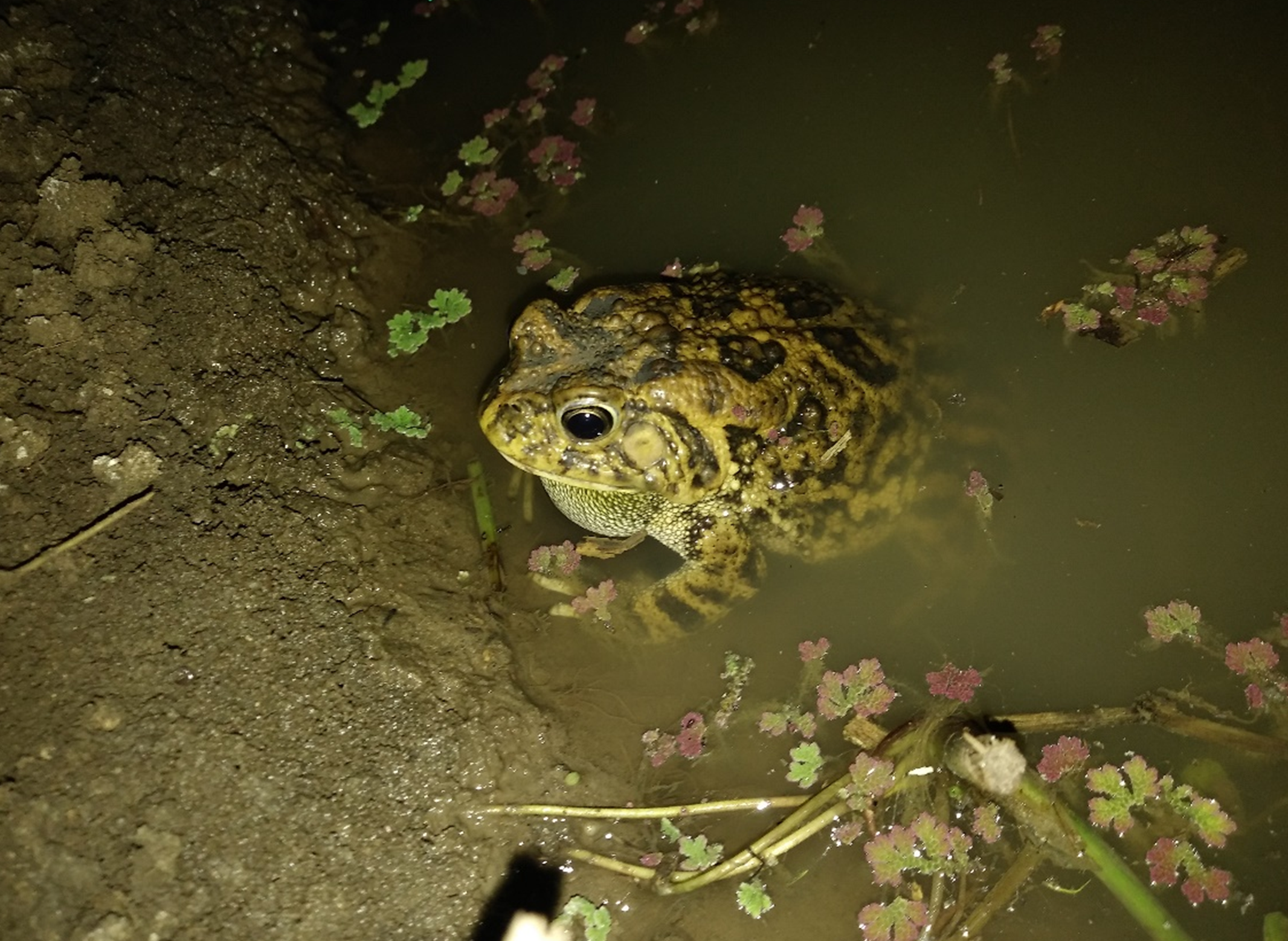
UR-Sweden Symposium showcases innovation-driven solutions to Rwanda’s pressing challenges
- 13-06-2025
- 409
Anurans (Frogs and Toads) are known excellent bioindicators of ecosystem health such as wetlands where their populations’ survival is constituted. However, studies on Rwandan anurans are still few and this has prompted a scientific interest by local researchers at the University of Rwanda. The lack of enough information on amphibians of Rwanda to inform policy on wetlands management and conservation and lack of awareness among community on roles of amphibians in the ecological system may be one among main threats to this biological diversity which also throw their roles played in the ecosystem away from policy development to conserve neglected biodiversity in Rwanda.
Recently, two studies have been conducted for the first time by Rwandans (Mapendo Mindje and Tumushimire Lambert) both from the University of Rwanda in support with Professors from the University of Koblenz-Landau (Prof. Dr. Ulrich Sinsch and Dr.Maxmillian Julian Dehling) where the focus is to use anurans (frogs and toads) as indicators of changes in the health of wetlands to establish as baseline information important doe assessing the effectiveness of Rwandan wetlands’ management and conservation.

Sclerophrys regularis, commonly known as the African common toad
One of these researches conducted in 2018 in Mugesera wetland identified the presence of frogs’ species that were recorded in the same area 10 years back when the wetland was heavily exploited by human activities. These species are normally found in disturbed wetland which is a clear indication that Mugesera wetland was still disturbed despite being recommended to be on the list of wetlands of international importance.
The research however, highlights that new frogs’ species invaded the wetland after it has been subjected to management. These invaders new frogs are known to inhabit only natural or near natural wetlands which is a relief sign that Mugesera wetland is under regeneration process.
The second research informed about the anurans that make a community of disturbed wetlands such as cultivated ones to be used as bio indicators of disturbed wetlands. The informed anuran community is a group of generalists frogs and toads since they are able to maximize their population survival despite disturbances exerted to wetlands. However, their diversity would be quite very low if found in natural or near natural wetlands and can easily be outcompeted by habitat specific anurans species.It means, wherever these frogs are found (based on their abundance data as well), the wetland will be categorized under disturbed wetlands that need proper management.
“The presence or absence of frogs merely shows changes in the quality of the wetland and based on this information plus the abundance of present species was indeed an interesting finding as they could explain the level of disturbance in the wetlands” the research observed.
The interesting part of both studies is that anurans (frogs and toads) are indeed important tools that can be used to generate information deem necessary for the management decisions on wetlands ecosystems in Rwanda. The presence or absence of some species of frogs already is general information about the health of wetland.

Mapendo Mindje (L) and Tumushimire Lambert, the two UR researchers who study frogs and toads